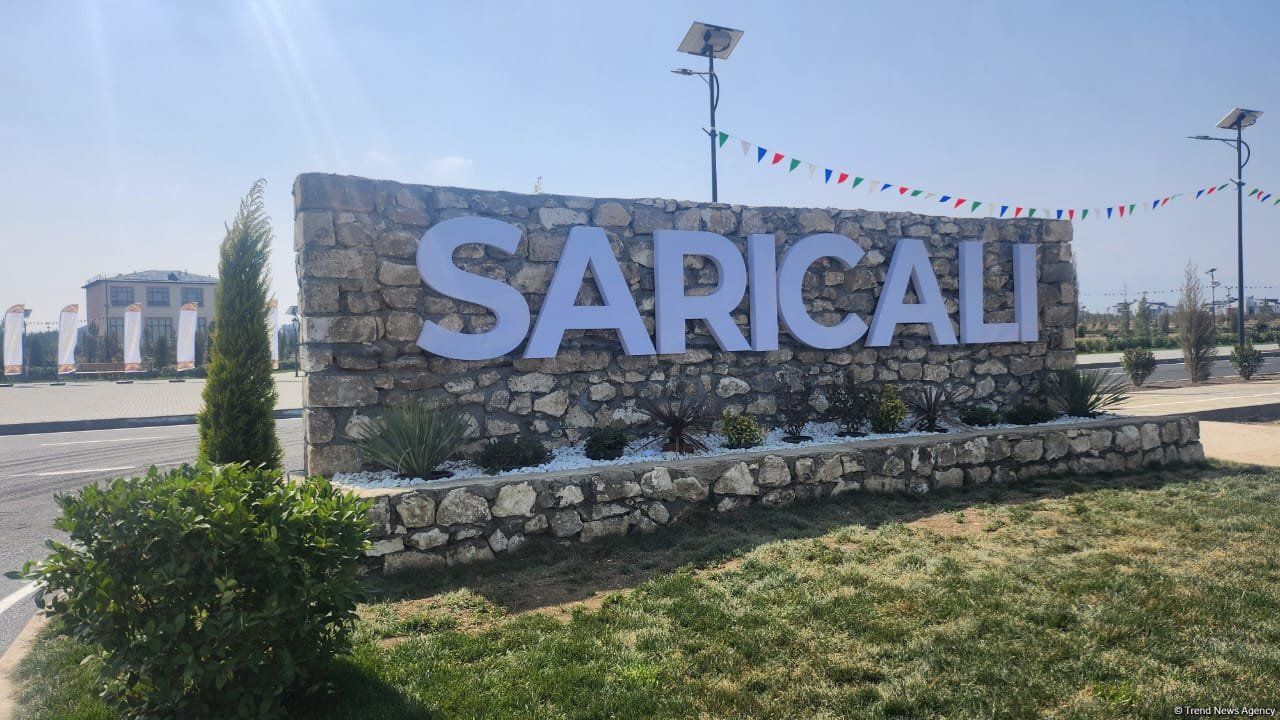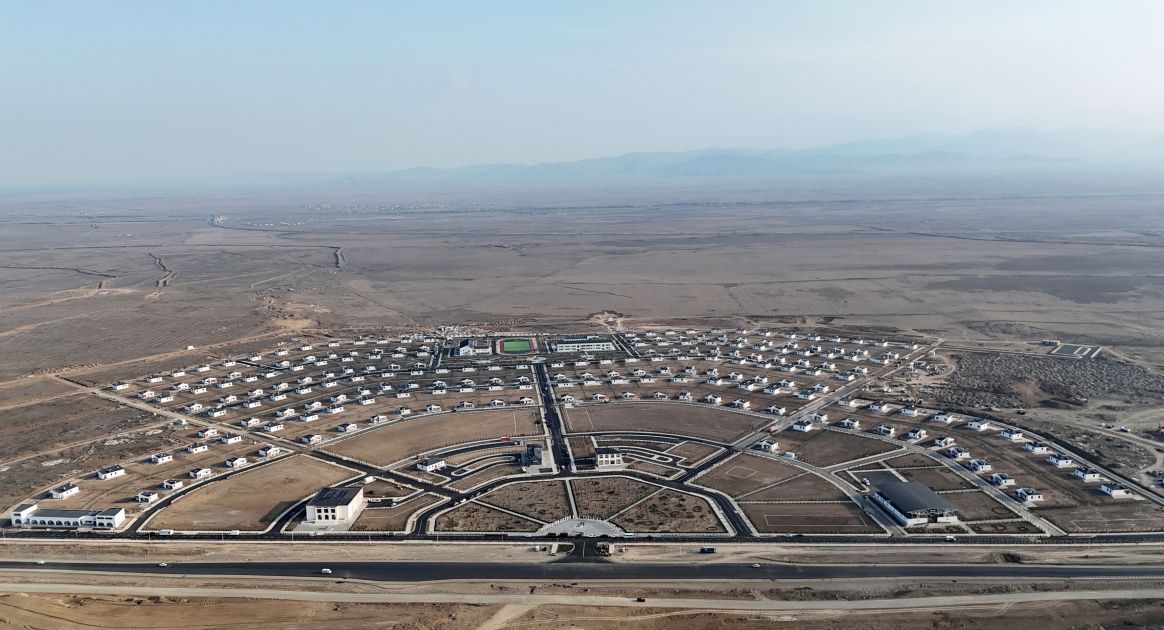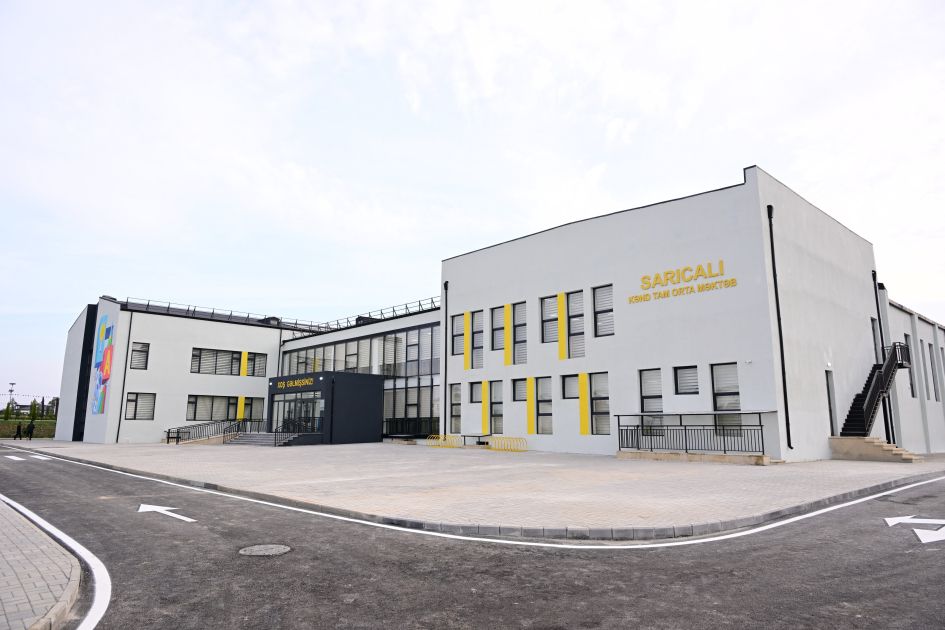From devastation to development: Azerbaijan’s rebuilding efforts in liberated territories

Azerbaijan’s post-war reconstruction efforts in Garabagh and Eastern Zangezur represent one of the most ambitious redevelopment projects in modern history. Following the Second Garabagh War in 2020, the government embarked on a large-scale initiative to rebuild cities and villages that had been completely destroyed during nearly three decades of occupation. This process is not just about physical reconstruction—it is a strategic effort to reintegrate these territories into Azerbaijan’s economic and social fabric, ensuring the return of displaced communities and fostering long-term stability.
At the heart of this effort is a commitment to sustainable development, modern urban planning, and smart infrastructure. The reconstruction plans emphasize green energy, innovative city design, and economic revitalization to transform war-ravaged areas into thriving urban centers. With massive investments in transportation, industry, agriculture, and tourism, Azerbaijan is laying the foundation for a prosperous and resilient future in the liberated territories.
Aghdam, once known as the “Hiroshima of the Caucasus” due to its complete devastation, has become a focal point of these reconstruction efforts. The city’s revival symbolizes Azerbaijan’s determination to rebuild not only homes and infrastructure but also the lives and aspirations of those returning. The redevelopment of Aghdam and its surrounding villages, such as Sarijali, reflects a broader national strategy—one that combines historical justice with economic foresight, turning destruction into opportunity.

On March 27, Azerbaijani President Ilham Aliyev and First Lady Mehriban Aliyeva inaugurated the first phase of the reconstruction of Sarijali village in Aghdam. The event marked another milestone in Azerbaijan’s ambitious post-war rebuilding efforts in Garabagh. Emin Huseynov, the President’s special representative for Aghdam, Fuzuli, and Khojavand districts, provided an overview of the developments in the region.

Historical context and the tragedy of Aghdam
Sarijali, like the rest of Aghdam, was occupied by Armenian forces during the First Garabagh War on July 23, 1993. Under occupation, the village was reduced to ruins, with residential buildings, schools, kindergartens, healthcare centers, and commercial establishments completely destroyed. After Azerbaijan’s victory in the Second Garabagh War, Aghdam was peacefully returned under the tripartite agreement of November 10, 2020. Following the liberation, mass graves of Azerbaijanis were discovered in Sarijali, further highlighting the humanitarian tragedies that occurred during the occupation.
Before the war, the village had a population of 1,024 people in 239 families. Today, the reconstruction plan envisions a modernized settlement for 1,873 residents (425 families) on a 123-hectare area, with 425 houses built in two phases.
Strategic urban development and smart infrastructure
The reconstruction of Sarijali reflects Azerbaijan’s broader vision for Aghdam’s revival, integrating modern urban planning and sustainable infrastructure. The newly inaugurated administrative center will centralize various government services, improving efficiency and accessibility for residents.
One of the key features of the village is its sustainability-focused design. All non-residential buildings, including the administrative center, have solar panels installed, ensuring energy self-sufficiency. Additionally, roads, water, electricity, and communication lines have been fully restored, making Sarijali a model for eco-friendly urban planning in post-conflict zones.

Restoring education and social services
Education and social infrastructure have been prioritized to ensure a smooth transition for returning families. The newly inaugurated Sarijali kindergarten, built to modern standards, will accommodate 100 children and focus on intellectual and physical development. Similarly, the 360-seat secondary school is equipped with laboratories, technology and biology rooms, a library, and sports facilities, ensuring a high standard of education.
Given that nearly all educational institutions in Aghdam were destroyed during the occupation, these new facilities represent not just a return to normalcy but a step forward in building a knowledge-based society in Garabagh.
Aghdam: From ruins to a thriving urban hub
Aghdam’s reconstruction extends beyond Sarijali. The city, often referred to as the “Hiroshima of the Caucasus” due to its near-total destruction, is undergoing a massive transformation. According to President Aliyev, infrastructure projects such as the Barda-Aghdam and Aghdam-Khankendi highways, as well as a new railway line and station, will enhance connectivity.
Furthermore, major industrial and tourism projects are being developed. The Aghdam Industrial Park, one of the largest in Garabagh and Eastern Zangezur, is set to drive economic revitalization, while new hotels will support regional tourism. Restoration efforts also include religious and cultural sites, with the Aghdam Mosque and historical landmarks such as the “Imarat” complex being reconstructed.
The geopolitical and economic implications
Azerbaijan’s reconstruction strategy in Garabagh is not merely about physical rebuilding but also about strategic reintegration and economic development. By investing in infrastructure, housing, and industry, Azerbaijan aims to turn Aghdam into a major regional hub, attracting investment and fostering sustainable growth.
Moreover, the rebuilding process carries geopolitical significance. The scale and speed of reconstruction serve as a powerful demonstration of Azerbaijan’s sovereignty and resilience, countering narratives that question the country’s ability to reintegrate its liberated territories. The government’s commitment to repatriating displaced communities also strengthens national unity and social stability.
A blueprint for post-conflict recovery
Aghdam’s transformation from a war-ravaged ghost town to a thriving city stands as a testament to Azerbaijan’s determination and strategic vision. While challenges remain, particularly in terms of landmine clearance and ensuring economic self-sufficiency, the progress made so far signals a promising future.
The case of Aghdam provides valuable insights for other post-conflict regions worldwide. By prioritizing sustainable infrastructure, economic diversification, and social development, Azerbaijan is not only rebuilding a city but also setting a precedent for effective post-war reconstruction on a global scale.
Here we are to serve you with news right now. It does not cost much, but worth your attention.
Choose to support open, independent, quality journalism and subscribe on a monthly basis.
By subscribing to our online newspaper, you can have full digital access to all news, analysis, and much more.
You can also follow AzerNEWS on Twitter @AzerNewsAz or Facebook @AzerNewsNewspaper
Thank you!

